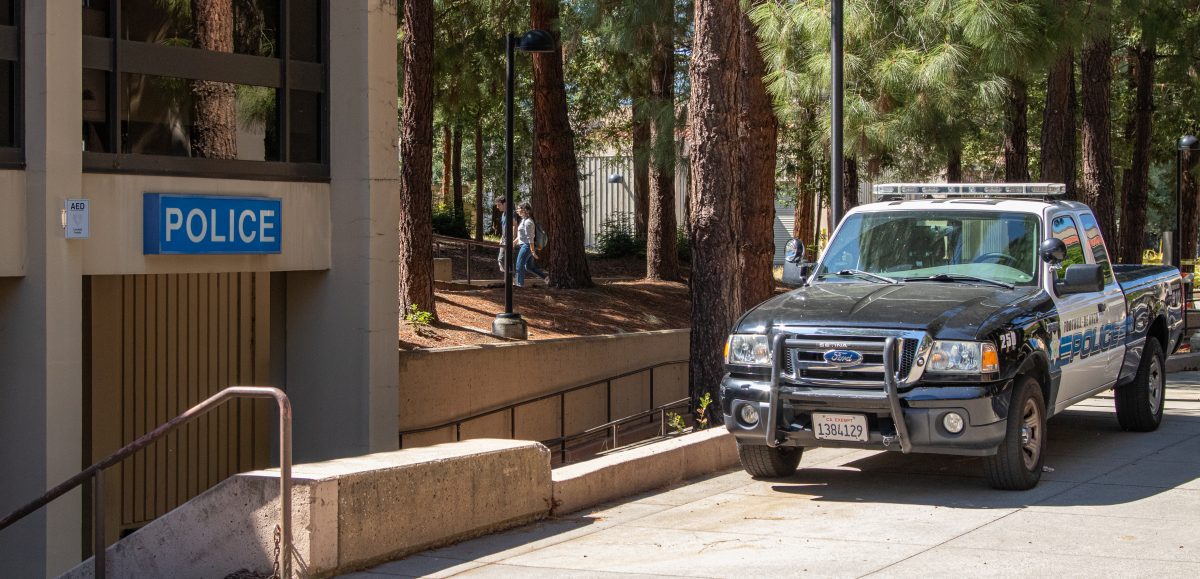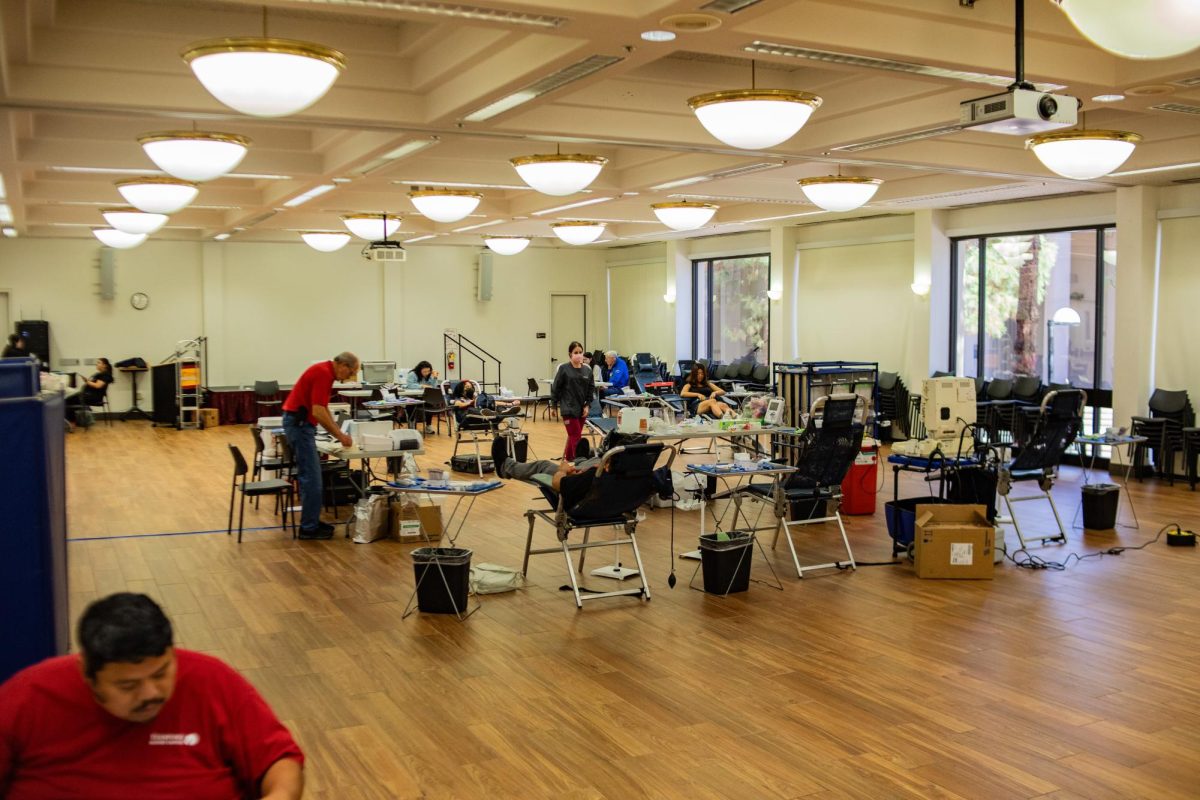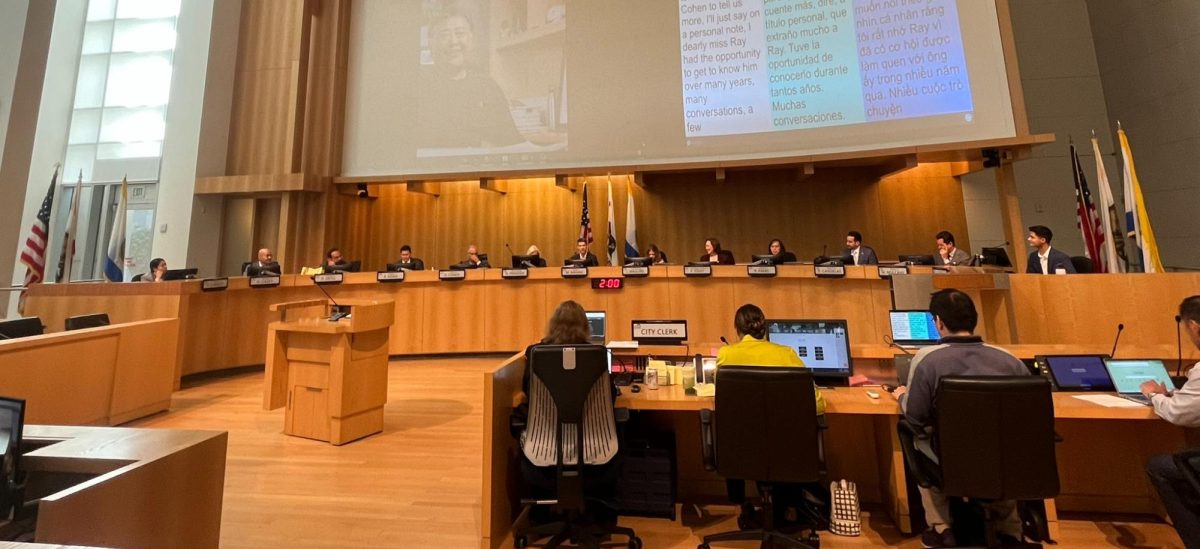The Foothill-De Anza Police Department is asking for a green light to carry tasers. But, why do they need those? The answer is that they do not.
In principle, we need to give the people we ask to protect us the right tools for the job. However, the lack of crime in almost all categories in and around De Anza College seems to suggest that the need for tasers is unwarranted.
The crime rate in and around any community directly relates to the current population of the community.
According to Crime Statistics, Cupertino has an average of 69 violent crimes a year. The probability of being a victim of a violent crime is one in 838 or a 0.11% chance, while California has a 1 in 200 chance or a 0.5% chance.
The Crime Statistics website also shows the residents of Cupertino have an average higher education graduation rate of 82.8%. The two statistics are related, as the research done on the Criminal Justice website notes: “The more educated a community is, the less crime it experiences.”
According to a report on CEPR.org ”A well-established research finding in the economics of crime literature is that education lowers criminality.”
These statistics may also explain why the city of Cupertino does not have a dedicated police force. The city relies on the Santa Clara County Sheriff’s Department for most law enforcement issues. The De Anza police may play a role in Cupertino, but only in a small pocket of it.
What weapons do the De Anza police currently carry?
Upon visual observation, they carry a pistol, a baton and mace; and in their vehicles, there are AR-15-style rifles and shotguns.
What else warrants the need for more weaponry?
When doing research for De Anza College violent encounters with police, searches failed to provide any results. The biggest news headline comes from 2001 when Al Joseph DeGuzman had plans to attack De Anza that never came to fruition.
Crime statistics as reported by the FHDA Annual Security Report, show a total of 15 crimes committed between 2020 and 2022.
Three of the crimes were classified as violent. These were burglaries. There were zero arrests made in the remaining five categories that could be considered violent crimes.
The remaining crimes were not so serious in nature, relating to liquor laws or illicit drug violations.
Police misuse of tasers has been well documented.
An incident to note is the killing of Oakland resident Oscar Grant by police officer Johannes Mehserle inside an Oakland BART station.
In the testimony by former officer Mehserle, he said that he reached for his taser but mistakenly pulled his .40-caliber handgun instead. Oscar Grant was shot while lying face down, resulting in his death.
A Minnesota man named Duante Wright was killed by officer Kimberly Potter in a similar fashion. According to USA Today, “The April 11 shooting death of Daunte Wright highlights problems with police use of Tasers that have contributed to at least 500 deaths since 2010.”
Another incident reported by findlaw.com, revealed that “Chicago-resident Cherese Morris was only two months pregnant when police arrested her so forcefully (that) she claims it caused a miscarriage.”
According to Chicago CBS, “Morris says she was talking on her cell phone on the night of the arrest back in 2011. The police treated her roughly during the arrest, ‘violently’ put her face-down in the back of the squad car and tased her until she passed out, according to the complaint.”
USA Today’s investigation uncovered this information: “Since 2001, police officers have confused Taser-like devices with their service weapons at least 16 times. Four instances ended in death, including Daunte Wright.”
The FHDA police is not comparable with such large metropolitan forces and does not deal with the volume or scope of such cities. Regardless, it has been proven that tasers can be lethal and we should not take lightly the potential consequences of our campus police having it.
According to an article on healthline.com, “A 2014 research review suggested that tasers can cause a life-threatening arrhythmia called ventricular fibrillation (VF), even in physically healthy people with no prior heart conditions. VF means the heart’s lower chambers (ventricles) beat in an atypical rhythm, reducing the heart’s ability to pump enough blood to the body consistently and raising the risk of cardiac arrest.”
The same article on healthline.com also mentions the following: “Aside from the risk of a taser encounter leading to serious arrhythmia and cardiac arrest, one other effect can be an injury from falling. A person who experiences the taser strike may fall to the ground and hit their head or injure another body part.”
Tasers are categorized as a non-lethal tool that has prevented police officer injuries, but the prevention of injury to civilians is not the weapon’s main objective.
According to a USA Today investigation, “In 4 out of every 5 cases that ended with a Taser-related death in the past decade, officers were responding to a nonviolent incident, according to the Fatal Encounters database. Eighty-four percent of the victims were unarmed at the time.”
Reuters News has an investigative website that keeps track of deaths by police tasers. They have tracked the death toll at 1,081 deaths thus far, with more being investigated and added on an ongoing basis.
Cupertino residents and De Anza visitors have statistically offered no challenge to the police force’s presence as it is. A what-if argument would have to be at the core of the justification, but justifying tasers on grounds of fear, and fear alone is defeated by statistical facts about the community in question.
The Root of the issue.
My argument against tasers is not a personal grudge or plea on the grounds of ideology. I respect the FHDA police and recognize their value to the community as well as the stressfulness of such a career.
From what I have witnessed, they have been helpful, respectful and performed in an honorable way. My personal interactions with them have been positive and courteous.
The FHDA Police Department has the authority and responsibility to protect the community college and surrounding community, but there should be limitations in place as to how they execute this authority and the tools they use to do so.
It is up to the community to ask the hard questions about those whom they grant the power to ensure protection as the agencies must ultimately work for the community.
Is there a need for tasers at Foothill and De Anza? No.
The police time and taxpayer money can be directed in better ways.

















